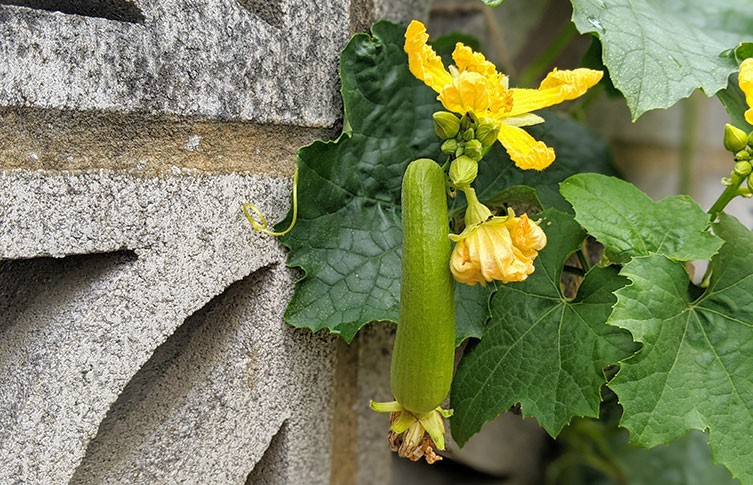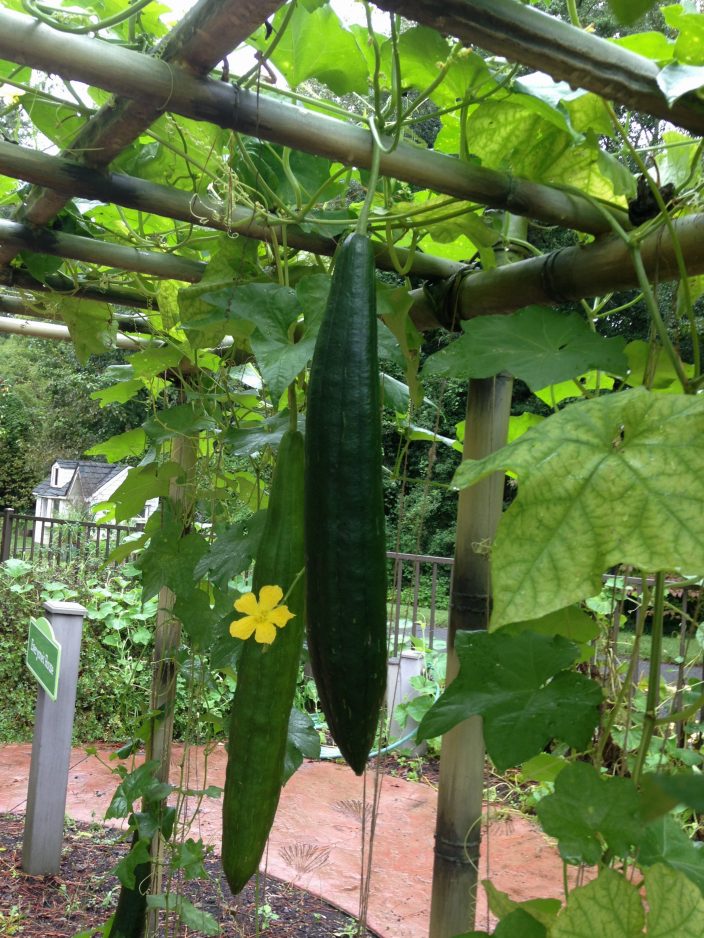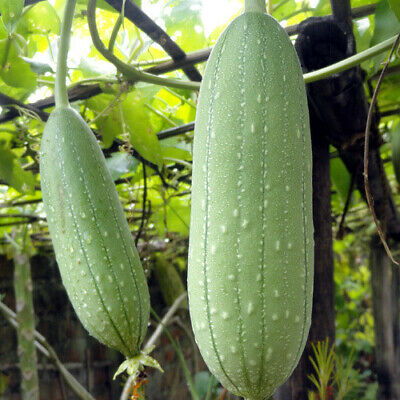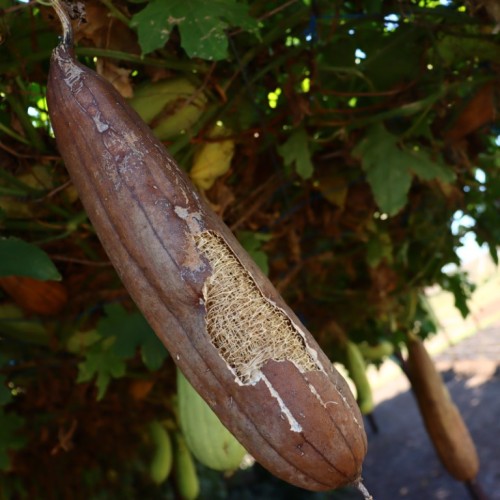If you’re searching for a plant that’s both useful and beautiful, loofah plants are a fantastic choice! These vigorous climbers aren’t just attractive with their large, star-shaped leaves and bright yellow flowers — they also produce the famous natural sponge used in kitchens and bathrooms. Loofahs (or luffas) belong to the gourd family and thrive in warm, sunny climates. Whether for skincare, culinary use, or decorative garden beauty, these 5 easy-to-grow loofah varieties will quickly become a favorite in your backyard.

1. Luffa aegyptiaca (Smooth Loofah)
Also known as the Egyptian cucumber, Luffa aegyptiaca is the most common variety grown for natural bath sponges. This fast-growing, warm-weather vine produces long, cylindrical fruits that turn fibrous as they mature. The plant thrives in well-drained, fertile soil and loves plenty of sunlight. In addition to providing sponges, young fruits can be cooked and eaten like zucchini. Its bright yellow flowers attract pollinators, and its vigorous vines are perfect for covering fences, trellises, and garden arches.

2. Luffa acutangula (Ridge Gourd or Angled Loofah)
Luffa acutangula is a popular variety in Asian cuisine, producing long, ridged fruits with a slightly crunchy texture when harvested young. If left to mature, the fruits dry into tough, fibrous sponges perfect for household scrubbing or exfoliating. This vigorous climber prefers full sun and well-drained soil. Its distinctive ribbed fruits, attractive yellow flowers, and lush foliage make it both ornamental and functional. The plant’s resilience and quick growth make it a favorite among home gardeners looking for a dual-purpose vine.

3. Luffa operculata (Wild Loofah)
A smaller, less common species, Luffa operculata is often grown as an ornamental plant. Its small, pear-shaped fruits become fibrous as they dry, making miniature sponges ideal for crafts or small cleaning tasks. The plant produces charming yellow flowers and thrives in sunny spots with fertile, well-drained soil. It’s a hardy vine known for its ability to climb fences and trellises, adding vertical greenery to gardens. While not typically consumed, it’s valued for its ease of growth and unique decorative fruits.

4. Hybrid Loofah Varieties
Many modern gardeners opt for hybrid loofah varieties, which are bred for faster growth, higher yields, or smoother skins. These hybrids often combine the best traits of Luffa aegyptiaca and Luffa acutangula, offering tender, edible fruits when young and excellent sponges when mature. They tend to be more disease-resistant and adaptable to various soil types. Hybrids usually thrive in full sun, with regular watering and well-drained soil, making them ideal for both beginner and experienced gardeners aiming for reliable harvests.

5. Dwarf Loofah Varieties
For gardeners with limited space, dwarf loofah varieties are a perfect solution. These compact climbers grow well in containers and small trellises while still producing usable sponges. While the fruits may be smaller than their full-sized counterparts, they’re just as effective for bath or kitchen use. Dwarf varieties typically mature faster and require less sprawling space, making them a great choice for patios, balconies, or vertical garden setups. Like other loofahs, they appreciate plenty of sunshine and consistent watering.
Final Thoughts
Growing loofah plants is a rewarding and practical gardening adventure. Whether you choose the classic Luffa aegyptiaca, the flavorful Luffa acutangula, or a space-saving dwarf variety, these climbing vines offer both beauty and utility. Their fast growth, charming flowers, and the unique satisfaction of harvesting your own natural sponges make them a must-try for any garden enthusiast. Add a few of these easy, fun loofah plants to your garden and enjoy the benefits for seasons to come!





Leave A Comment